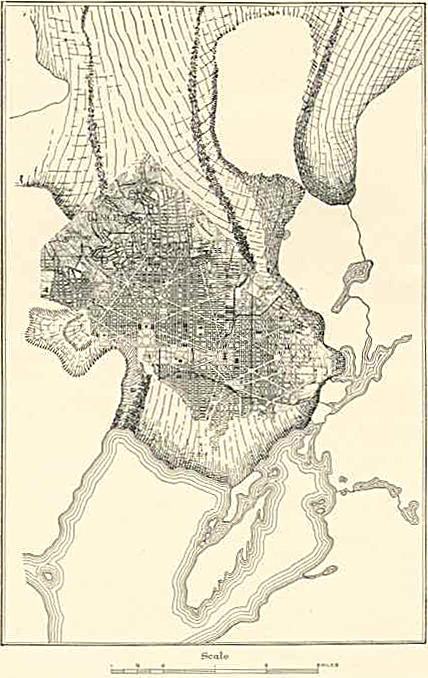Columbia Glacier (Alaska) on:
[Wikipedia]
[Google]
[Amazon]
__NOTOC__
The Columbia Glacier is a
 The glacier twists its way through western Alaska's
The glacier twists its way through western Alaska's
Video contains footage of glacier calving
Articles containing video clips Glaciers of Alaska Glaciers of Chugach Census Area, Alaska Glaciers of Copper River Census Area, Alaska Glaciers of Unorganized Borough, Alaska {{ChugachAK-geo-stub
glacier
A glacier (; ) is a persistent body of dense ice that is constantly moving under its own weight. A glacier forms where the accumulation of snow exceeds its ablation over many years, often centuries. It acquires distinguishing features, such a ...
in Prince William Sound on the south coast of the U.S. state of Alaska
Alaska ( ; russian: Аляска, Alyaska; ale, Alax̂sxax̂; ; ems, Alas'kaaq; Yup'ik: ''Alaskaq''; tli, Anáaski) is a state located in the Western United States on the northwest extremity of North America. A semi-exclave of the U ...
, is one of the fastest moving glaciers in the world, and has been retreating since the early 1980s. It was named after Columbia University
Columbia University (also known as Columbia, and officially as Columbia University in the City of New York) is a private research university in New York City. Established in 1754 as King's College on the grounds of Trinity Church in Manhatt ...
, one of several glaciers in the area named for elite U.S. colleges by the Harriman Alaska Expedition in 1899. The head of the main branch of the glacier originates at the saddle between Mount Witherspoon and Mount Einstein.
The Alaska Marine Highway vessel M/V ''Columbia'' is named after the Columbia Glacier.
Size
 The glacier twists its way through western Alaska's
The glacier twists its way through western Alaska's Chugach Mountains
The Chugach Mountains of southern Alaska are the northernmost of the several mountain ranges that make up the Pacific Coast Ranges of the western edge of North America. The range is about long and wide, and extends from the Knik and Turnaga ...
. The bald streak at the bottom of the mountains, called the trimline, shows this glacier has lost of thickness. It has also retreated since that measurement was taken.
Retreat
The glacier's speed of retreat at the terminus reached a maximum of nearly per day in 2001, when it was discharging icebergs at approximately r per year; the glacier has subsequently slowed down, resulting in an increase in retreat rate. The terminus has retreated a total of at an average rate of approximately per year since 1982. The retreat has been accompanied by nearly of thinning at the present position of the terminus. In the next few decades it is expected to retreat another , to a point where the bed of the glacier rises above sea level. Columbia Glacier's retreat should be completed around 2020. Tidewater glacier advance and retreat is not directly forced by climate (adjacent tidewater glaciers may be simultaneously advancing and retreating), but rapid retreat appears to be triggered by climate-forced long-term thinning.See also
* Columbia Icefield *List of glaciers
A glacier ( ) or () is a persistent body of dense ice that is constantly moving under its own weight; it forms where the accumulation of snow exceeds its ablation (melting and sublimation) over many years, often centuries. Glaciers slowly defo ...
*Columbia Peak (Alaska)
Columbia Peak is a elevation glaciated summit located northwest of Valdez in the Chugach Mountains of the U.S. state of Alaska. This remote mountain is situated west-southwest of Mount Defiant, near the head of Meares Glacier, between the Fi ...
References
External links
*Video contains footage of glacier calving
Articles containing video clips Glaciers of Alaska Glaciers of Chugach Census Area, Alaska Glaciers of Copper River Census Area, Alaska Glaciers of Unorganized Borough, Alaska {{ChugachAK-geo-stub